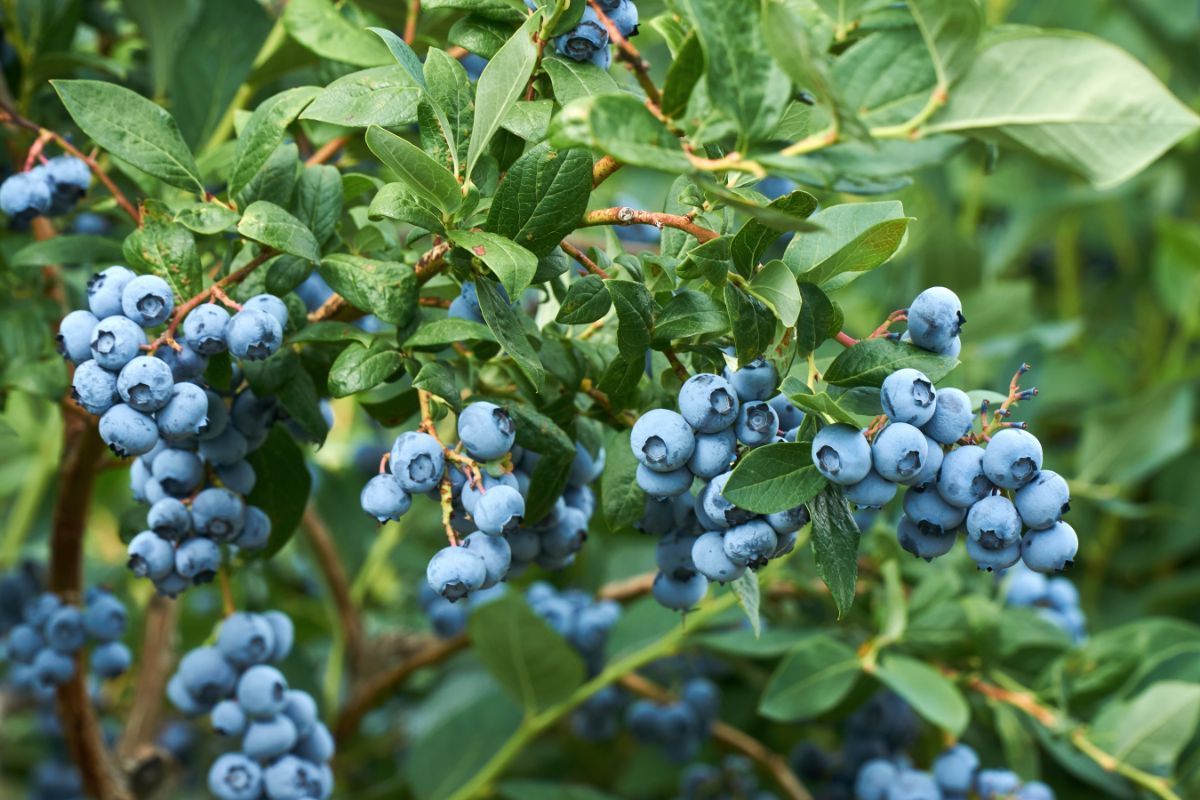
Blueberries are a favorite fruit. There are festivals, industry summits, cooking contests, and even a national highbush blueberry council.
It seems the popularity of these small, blue treats is on the rise and small surprise. Blueberries are perfect in pies, jams, over ice cream, or even made into wine. They are tasty and are also a superfood, full of nutrients, polyphenols, and antioxidants. Research even indicates blueberries can promote heart health.
If you have grown your own, or picked your own at a farm or friend’s home, you know the flavor of ripe, fresh blueberries can’t be beat. But establishing a larger patch yourself can be expensive. That’s where propagation comes in.
A highbush blueberry patch takes a few years to mature and start making a good crop, but the time spent is well worth it. With proper care, blueberry bushes can live for up to fifty years, providing a lifetime supply of tasty and healthy treats.
Jump to:
Ways to Propagate Blueberries
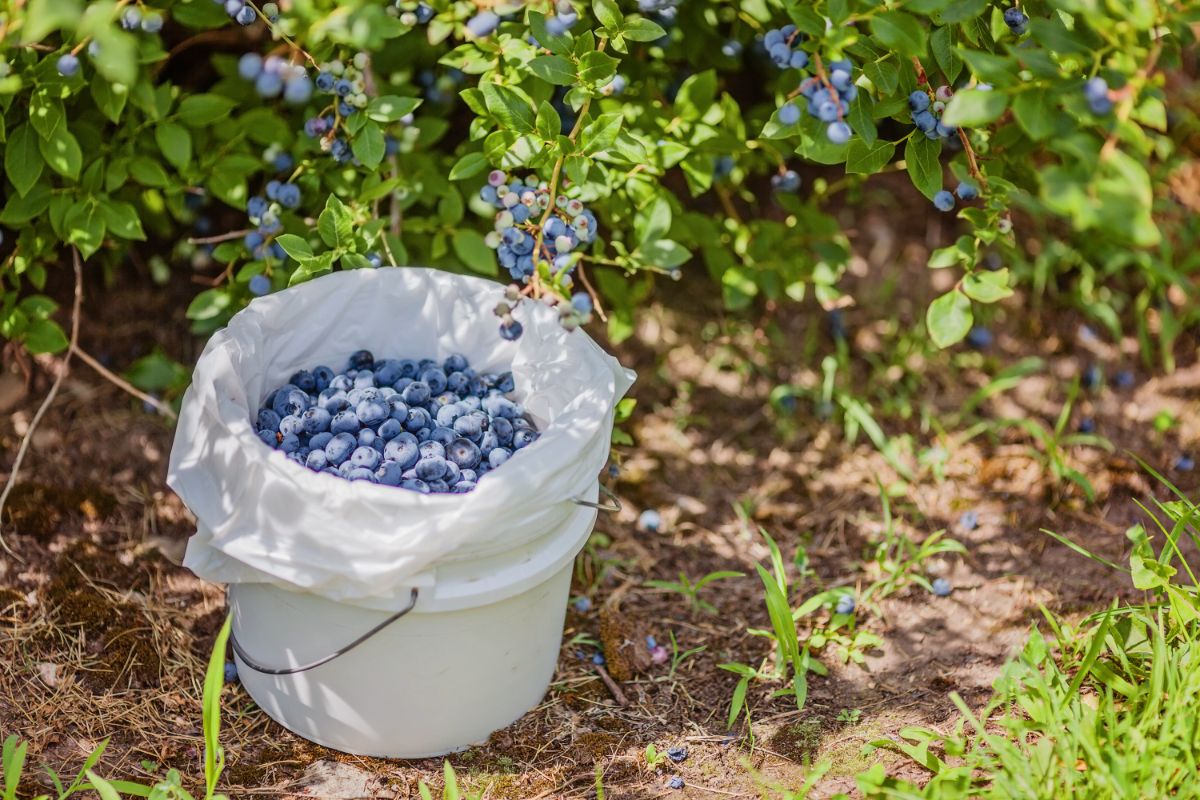
We commonly propagate blueberries by cuttings, but they can also be grown from seed if you are adventurous.
When propagating most shrubs, including blueberries, you can use either hardwood cuttings or softwood cuttings. Both methods will work but are done at different times of the year, which might be an advantage for you.
How To Grow Blueberries From Hardwood Cuttings
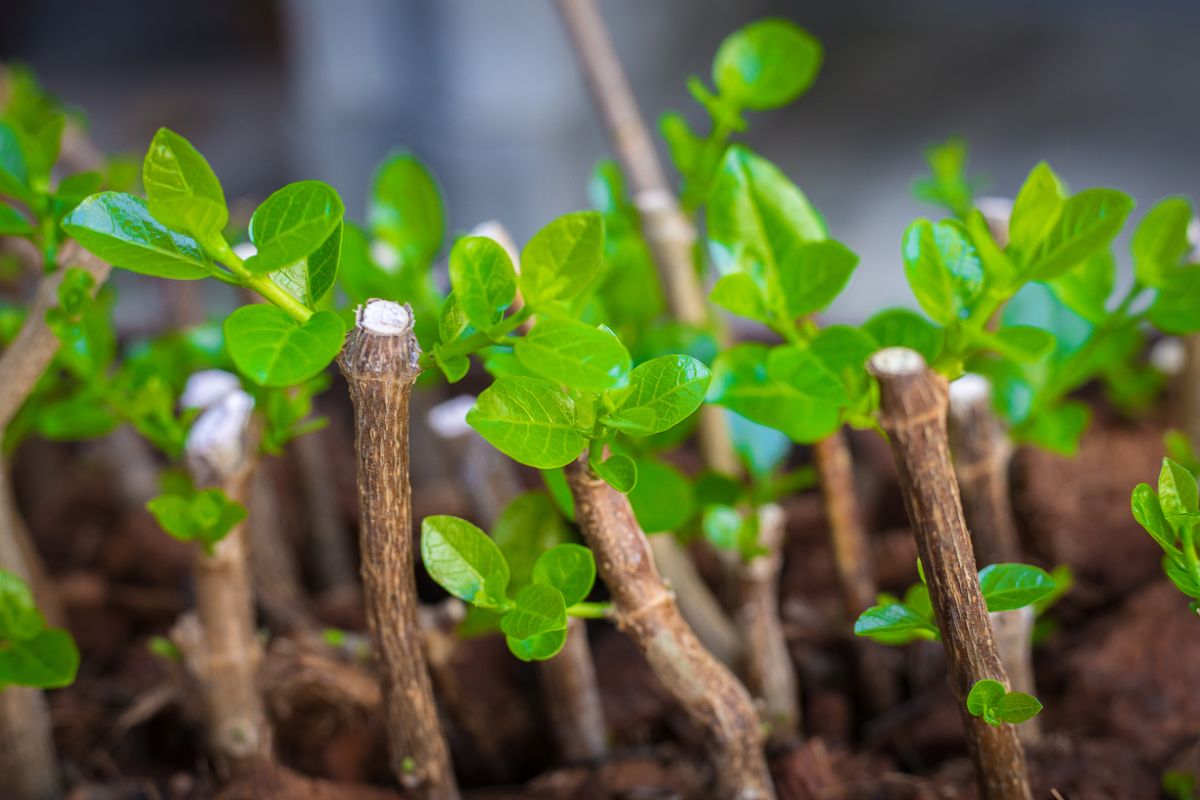
- Take cuttings during the dormant season for your location, but well before spring leaf out.
- Select a piece of stem about six inches long, with several nodes. It should be from first-year growth and smaller than a pencil in diameter. The hardwood cuttings should still be a bit flexible.
- Prepare your growing medium and moisten it. Tamp it down firmly. A medium-sized pot can hold multiple cuttings.
- Use a small stick or pencil to poke holes in the medium.
- Wet the end of your cuttings and dust them with powdered rooting hormone.
- “Plant” your cuttings in the prepared holes and firm up the soil around them.
- Place the container in a warm spot with indirect light. Keep the medium moist, but not wet.
- Check on them in 3-4 months to see if they have rooted by giving them a gentle tug. If there is resistance, you have roots.
Tip: some folks find hardwood cuttings of blueberries easier to propagate. There are no leaves, so the cuttings are not as likely to dry out and die before developing roots. Hardwood cuttings are also started in late winter when not much else is happening in the garden.
How To Grow Blueberries From Softwood Cuttings
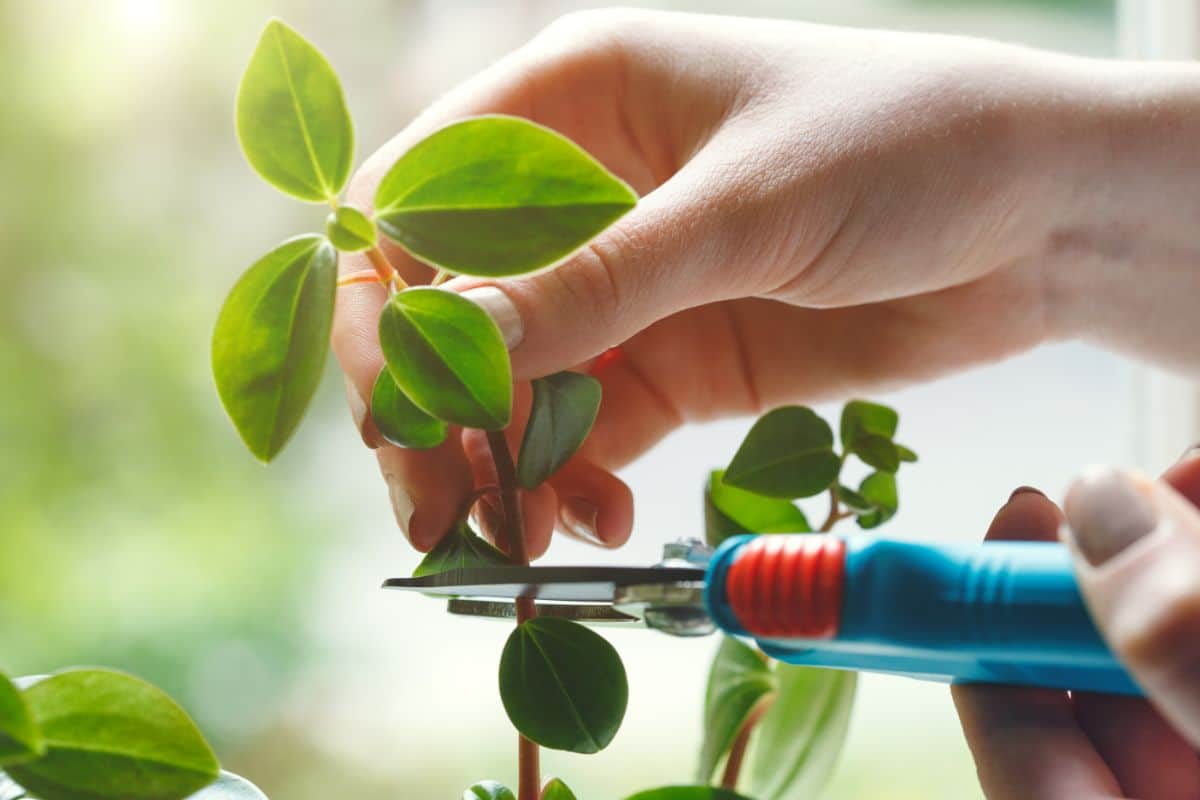
- Take cuttings in early summer from new growth that is still green and flexible.
- Select a piece of stem that is about four to six inches long. For softwood cuttings, larger and more woody ones typically don’t root as well.
- Trim it off with sharp scissors or secateurs.
- Strip all but the top pair of leaves off the stem, and make a fresh cut just below a node. The node is the most likely place where new roots will develop.
- Moisten the end of the stem and dip it in a rooting hormone.
- Fill a small container or pot with well-moistened seed starting mix, potting soil, or other media such as rock wool or sand.
- Poke a hole in the medium for your cutting and insert your cutting.
- Firm the medium around the stem and place it in a bright location out of direct sunlight.
- Cover the cuttings with a humidity dome or a plastic bag.
Tip: use several small sticks to hold the plastic bag up and away from the cuttings. You want to keep humidity in, but ideally, the bag or other covering won’t touch the leaves of your cuttings.
In 2-3 months, you can check the progress of your new plants’ roots by gently giving the stem a little tug. If there is resistance, your blueberry cuttings have grown roots and are ready for potting up.
How to Grow Blueberries from Seed
Blueberries can be grown from seed as well as cuttings. Blueberries grown from seed will not be identical to the parent bush because they are open-pollinated. Blueberry seeds may take a while to sprout, as long as 2-3 months, so be patient.
To start blueberries from seed:
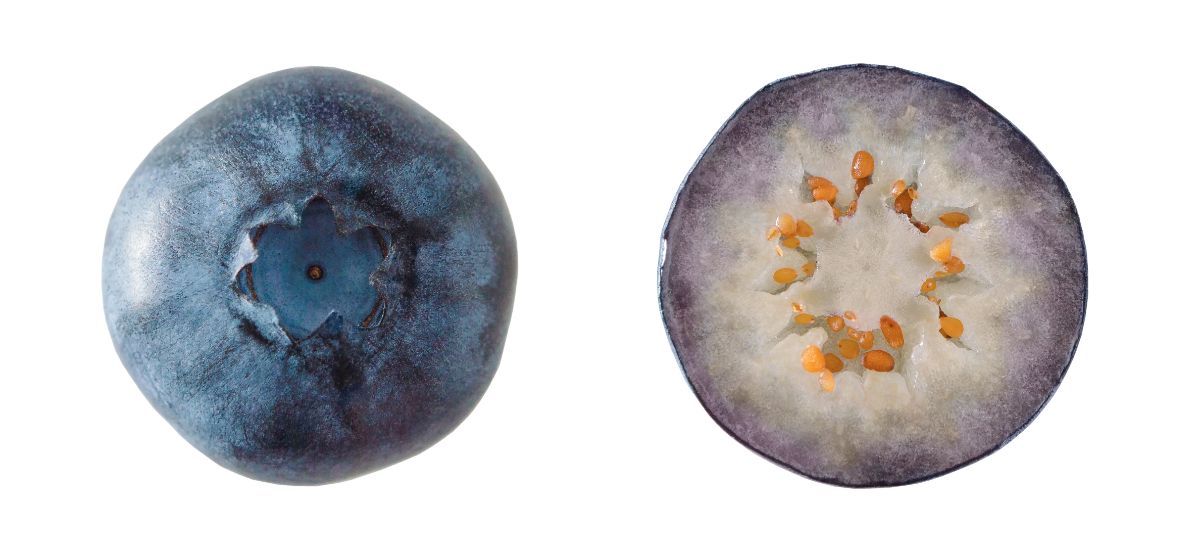
- Obtain blueberries from a local source–either your bushes or a local Farmers’ Market. Store-bought blueberries may be imported and treated to prevent germination, and they are likely not adapted to your area.
- Freeze the blueberries for a couple of months to satisfy their cold stratification requirements. Essentially, you are simulating winter conditions of cold and damp.
- Extract the seeds
- Put the blueberries in a blender or food processor, and half fill it with water.
- Give the berries a pulse for about 15 seconds to mash them up.
- The seeds will settle to the bottom, and the pulp will float to the top.
- Scoop off the fruity mush and strain the rest through a sieve to collect the seeds.
- Prepare your seed starting medium and trays.
Tip: always pre-moisten your seed starting mix. Getting an evenly moist seedbed is more difficult after the seeds are in place, and many seed starting mixes can become so dry in the bag that water will bead up and run off the surface at first.
- Spread your blueberry seeds on the starting mix, and then lightly cover them with more medium. Wet the top as well, using a misting spray bottle.
- Cover with plastic wrap or a humidity dome and wait, keeping the surface moist.
- Once they have sprouted, place them under lights or in a sunny, protected, warm location outside.
- Keep the soil moist. Don’t let it dry out; your seedlings are sensitive to dry conditions.
- When they have 2-3 sets of true leaves, they are ready to pot up into a larger container or plant outside in the ground.
Potting Up and Growing Your New Blueberries
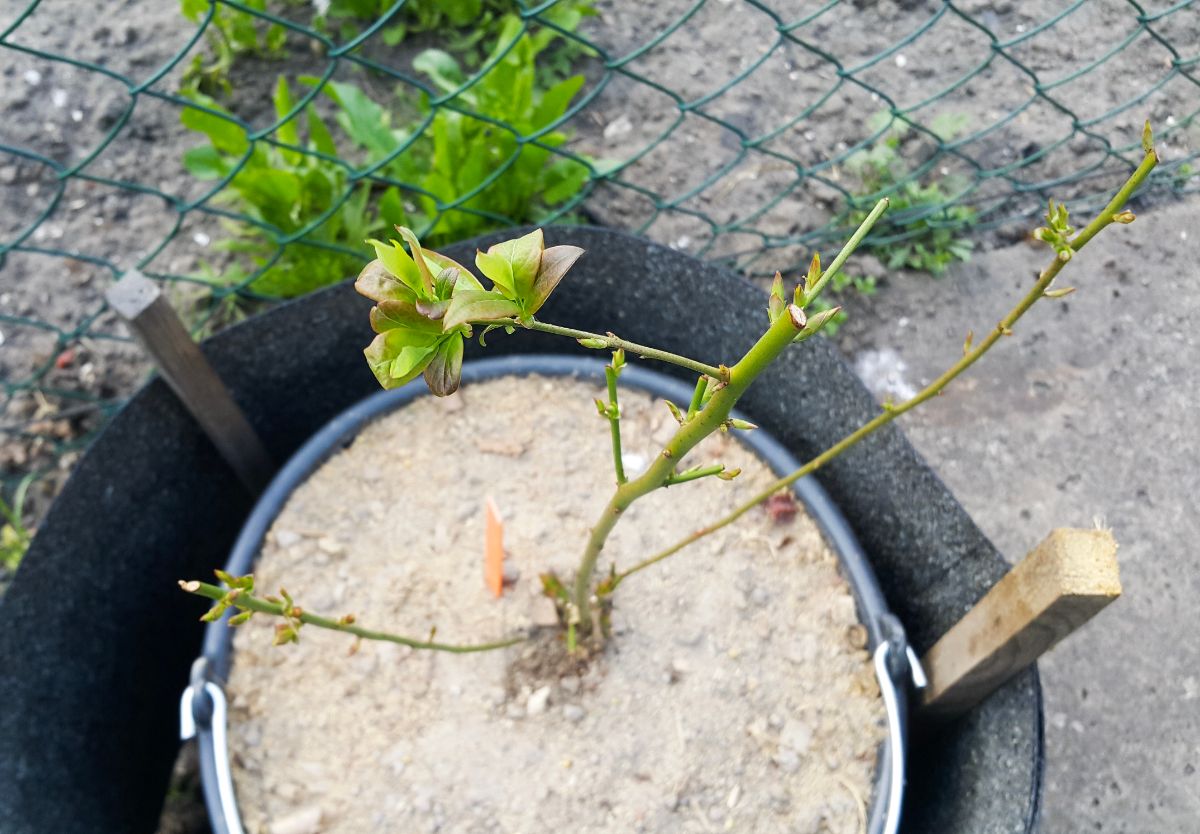
Whether from cuttings or seedlings, pot your new blueberry plants in small pots with acidic soil and some compost to let them fill out. Bags of soil acidifier containing sulfur are available from most garden centers. Once in their small, growing pots, they are ready for full sunshine.
Keep them in pots until they are large enough to transplant into your blueberry patch or into their permanent container on your patio or deck. They should have well developed root systems and healthy tops when ready to transplant.
Tips for Growing Blueberries
Blueberries need only a few elements to thrive and produce fruit, but without a little care, they will likely be spindly with disappointing yields. Follow these quick-growing guidelines for lush plants and heavy crops.
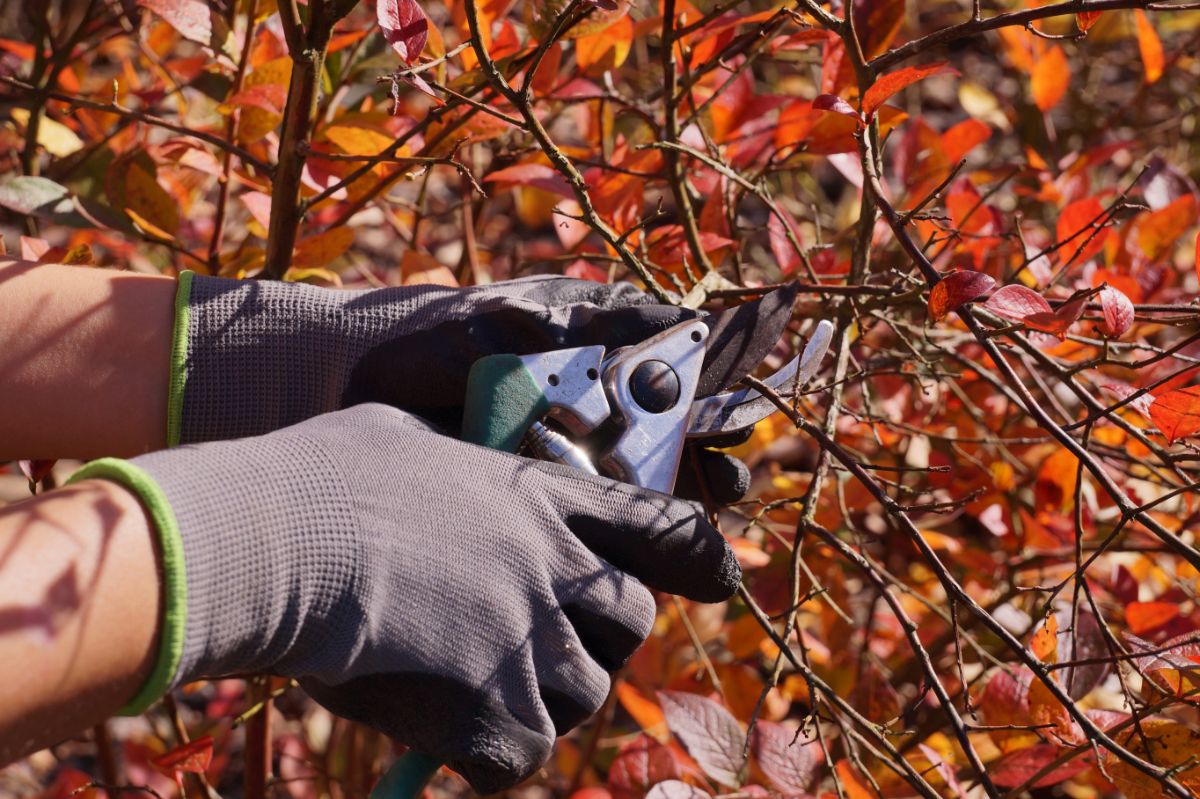
- Prune your blueberries once they are three years old. Pruning will yield a healthier bush and larger fruit. They should be pruned in late winter every year after their third birthday.
- Prune out dead wood, weak and crossing branches, and poor performers (those that have little fresh growth or flower buds).
- For branches that have too many flower buds, lightly prune up to a third of those off. The plant can concentrate energy on those remaining for larger, juicier blueberries.
- Prune for height–you don’t want a blueberry bush that is too tall to harvest.
- Blueberries like soil that is a bit on the moist side. They have a relatively shallow root system and need soil that retains moisture but still provides drainage. Avoid heavy clay soils in locations that drain poorly. If your soil is excessively wet or heavy, consider planting them in a berm instead.
Once established, your blueberry bushes should not need watering unless a significant drought occurs.
Blueberries can be grown in a container. If growing in a container, test the soil with your finger and water when the top inch of soil feels on the dry side.
If grown in a container, an occasional feeding of general-purpose plant fertilizer may be applied at the plant base.

- Mulch your blueberry plants. Mulching blueberries provides all of the soil-enhancing benefits of mulch, keeps weeds down, and, perhaps most importantly, keeps your weed trimmer string away from your blueberry bush.
If you don’t mulch them, grass and weeds will grow up through the bushes, making them unsightly and harder to harvest.
- Acidic soil will help them thrive. You have likely heard that blueberries do best on acidic soils. Blueberry bushes grown in neutral soil often have a yellow color and grow slowly, if at all.
A pH of 4.5 to 5.5 is ideal for blueberries. Check your soil and adjust if necessary for happy, healthy plants.






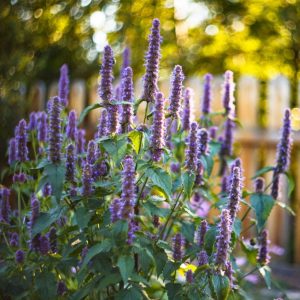


Leave a Reply